Late Season Bloomers for zone 5 or lower
14 years ago
Related Stories
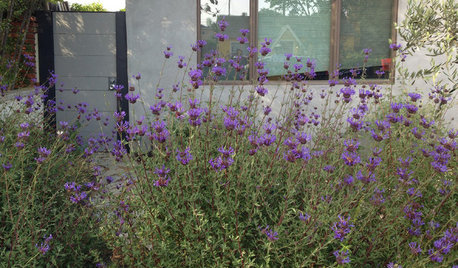
GARDENING GUIDES10 Late-Winter and Early-Spring Bloomers for the West
Tired of waiting for spring to arrive? Try these drought-tolerant, flowering plants for color that starts in late winter
Full Story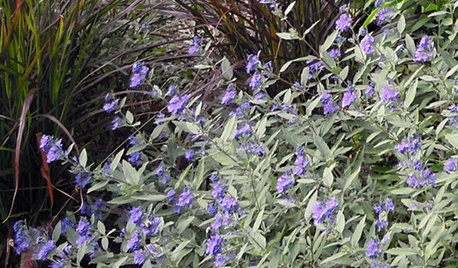
SHRUBS5 Glorious Late-Season Shrubs
Spilling over with berries or bursting with blooms, these stunning underused shrubs keep the garden party going through fall
Full Story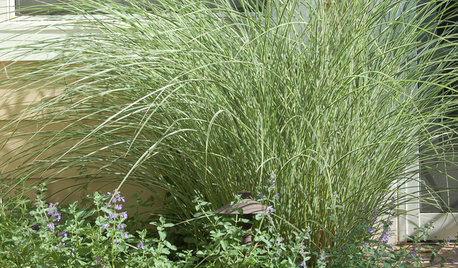
GARDENING AND LANDSCAPING5 Smokin' Warm-Season Grasses
Beat the heat with beautiful grasses that help your landscape shine from summer through fall
Full Story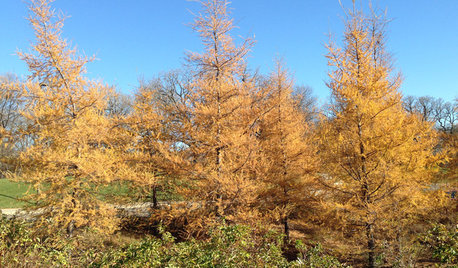
GARDENING GUIDESGreat Design Plant: Larix Laricina Glows Gold in Late Autumn
Plant tamarack for a beautiful late-fall golden display
Full Story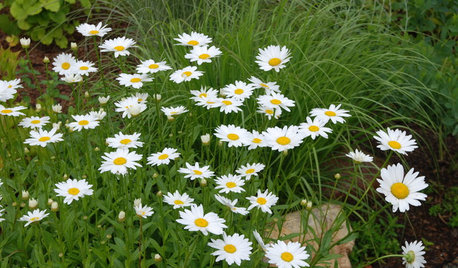
FLOWERSBest Cutting-Garden Beauties for Late Summer
Pick blooms bursting with color or in classic white for bouquets to give away or keep all to yourself
Full Story
GARDENING GUIDESGreat Design Plant: Japanese Anemone
This autumn bloomer's showy white blossoms add spark to your late-season plant mix
Full Story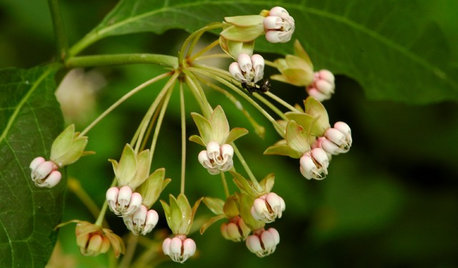
GARDENING GUIDES5 Unsung Wildflowers That Thrive in Dry Shade
Turn shady problem spots into garden idylls with with these prolific, easy-care bloomers
Full Story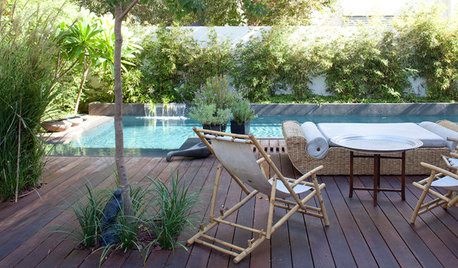
GARDENING AND LANDSCAPING10 Great Outdoor Chill Zones
Whether you have a huge poolside deck or a sliver of a patio, these ideas will kick stress to the curb all summer long
Full Story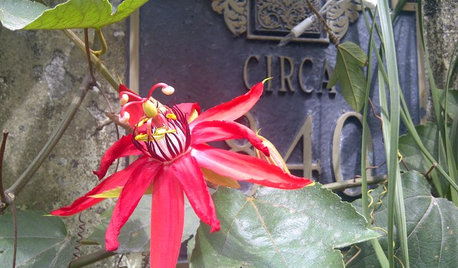
FLOWERS5 Sensational Flowering Vines for Warm Climates
Splash your garden with bright tropical color from late summer through fall with these showy trailing and climbing beauties
Full Story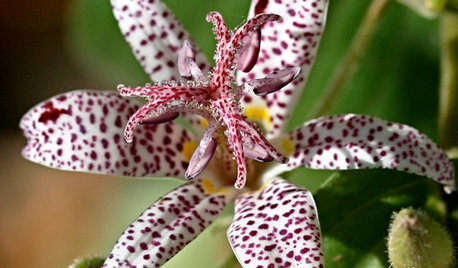
SUMMER GARDENING10 Perennials to Extend Your Garden's Summer Color
Revive summer-weary gardens with outstanding late bloomers such as toad lily, Russian sage, blanket flower and more
Full Story






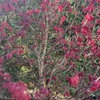
basic
whaas_5aOriginal Author
Related Discussions
zones 5 & lower
Q
Suggestions for late season bloomers
Q
Late summer bloomers in z 5b
Q
If late bloomer in NY, will it be a late bloomer in GA?
Q
basic
whaas_5aOriginal Author
ken_adrian Adrian MI cold Z5
whaas_5aOriginal Author
denninmi
whaas_5aOriginal Author
basic
whaas_5aOriginal Author
ginkgonut
arbordave (SE MI)
tsugajunkie z5 SE WI ♱
whaas_5aOriginal Author
gardener365
flora_uk
whaas_5aOriginal Author
gardener365
whaas_5aOriginal Author
gardener365
arbordave (SE MI)
whaas_5aOriginal Author
gardener365
basic
gardener365